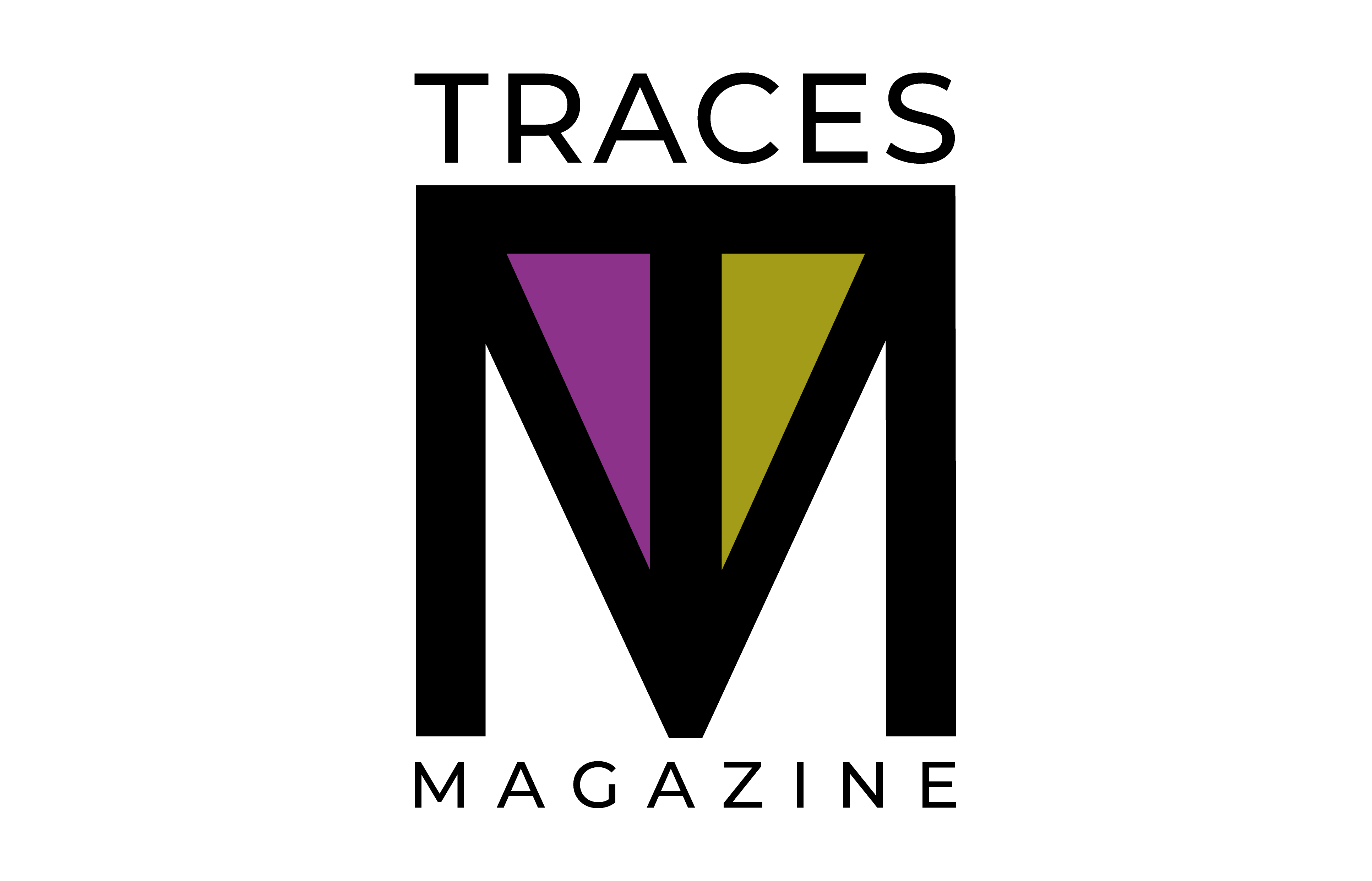After the catastrophic events that struck the Ahr valley with damage to buildings and landscape,
the long process of rebuilding the destroyed houses and the basic structure of the villages began in many villages, as did the redefinition of communal life in the valley.
After the flood and a two-year pandemic, people had to deal with existential issues. Thanks to
state funding for securing and rebuilding buildings, many problems could be solved. Nevertheless,
all obstacles had to be overcome in a cycle of reorganisation and slow timetables.
The shadows of the past still often confront the present in ruined places and call for a profound
examination of sociological, political and economic issues. (Marc Augé, Ruins and Rubble. The Sense of Time, 2004).
The interpretation of the ruins themselves enables the viewer to activate processes of
reconstruction: The student works have thematised reconstruction through visual perception with the help of photography. The purely visual investigations result in a basic dynamic observation tool with which the territory can be read in depth through the continuous ‘discovery of traces’.
This process of reflection activates an ethnically based reconstruction that respects history,
memories and architectural expression.
Another phase of the seminar was dedicated to the historical and architectural study of the city of
Aachen and the Ahr valley. This was followed by an examination of the work of international
photographers who have explored the themes of city, architecture and landscape.
Finally, the workshop focused on the project of a visual representation of traces, of the traces and
the search for traces, which was created by the architecture students. All participants took a very individual approach to the selection and processing of the photographic material.
The result was an exhibition, a multimedia product and an issue of the architecture magazine ‘Traces’ entitled ‘Traces, AHR’.

